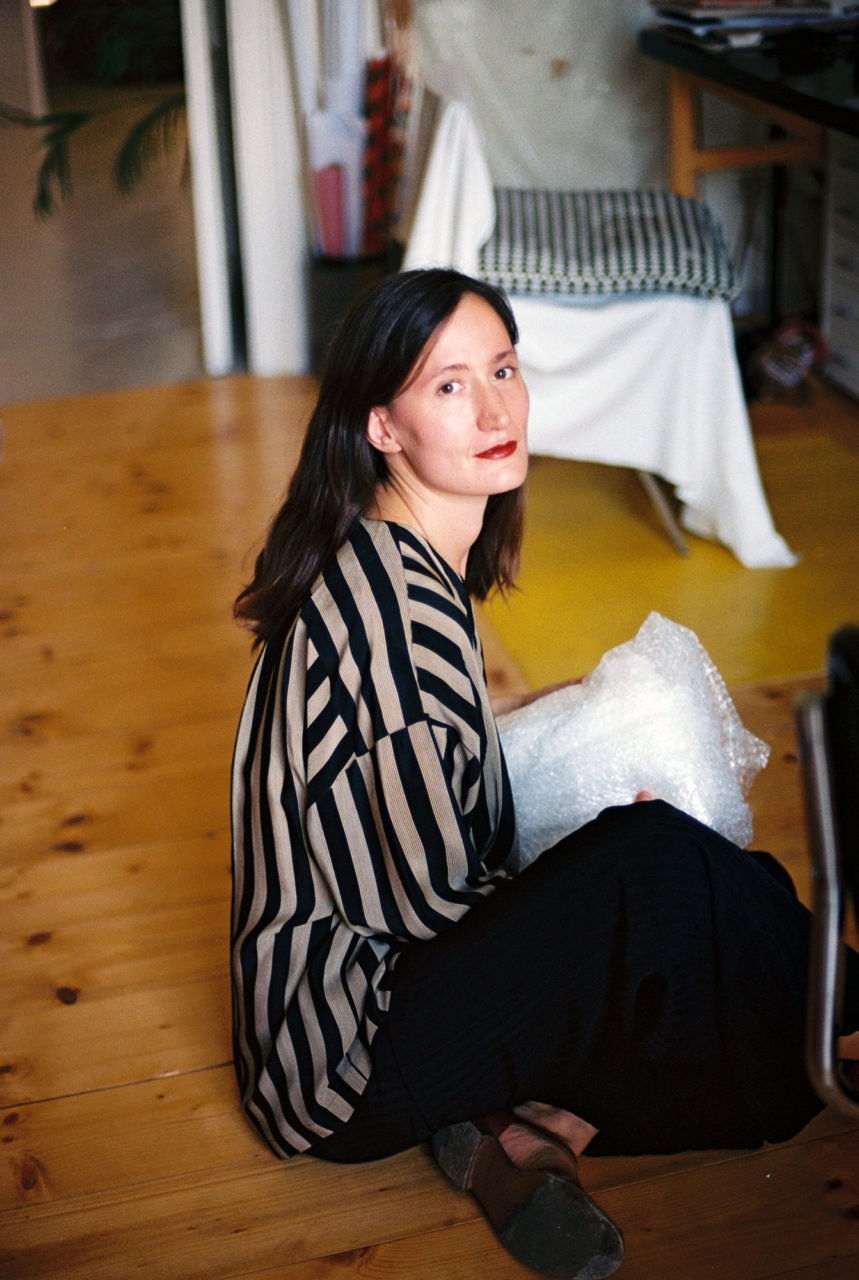
Milan: The personalised icon on Valentina Cameranesi’s laptop is a fortune cookie. The small baked item is a perfectly shaped object. Perhaps similar in its perfection to the work of Valentina Cameranesi? Valentina studied industrial design at L’Istituto Superiore per le Industrie Artistiche in Rome. Initially she was fascinated by the idea of becoming a haute couture designer, attracted by the handmade and the bespoke. But while working as an in-house designer for Diesel she was deeply touched by a Gino de Dominicis exhibition she saw at the Maxxi Museum and decided to pursue an independent artistic career. Her central object of interest became the shape of vases: from the amphora and the krater to the bottle and the urn. At a formal level, her use of shapes and aesthetic illusions and decorative styles has the ability to suspend the surface of what she designs.
I recognised her artistry for the first time in an installation she created for Salone del Mobile in 2013 and have followed and reinforced her practice professionally and as a friend ever since. There’s no surprise that Italian brands like Bloc Studios, Pretziada, and SEM are aware of her prodigious artistic competence and that she is currently developing work for more brands and clients. The Roman-born Valentina is a gentle and shy person with a tendency towards superstition; she has the impression that it must be a very Italian thing. ‘We see too many signs’, says Enrico Pompili, her partner in the joint creative consultancy Cameranesi Pompili, which focuses on styling and set design for Alla Carta, Cassina, and Simona Vanth, among others. Those signs are also at the origin of their work together; the pair met on a Sportmax job, where they were hired to art direct and develop an installation. Valentina muses, ‘Working together is like a love story: you don’t need to know all the details, but you know it is there’. I wonder if there’s a relation between the cookie and the work of Valentina Cameranesi and I figure it has mainly aesthetic connotations. Although Valentina looks at that perfectly shaped cookie every day, she doesn’t need to open it. Obviously it would say, ‘You will always draw for a living’.
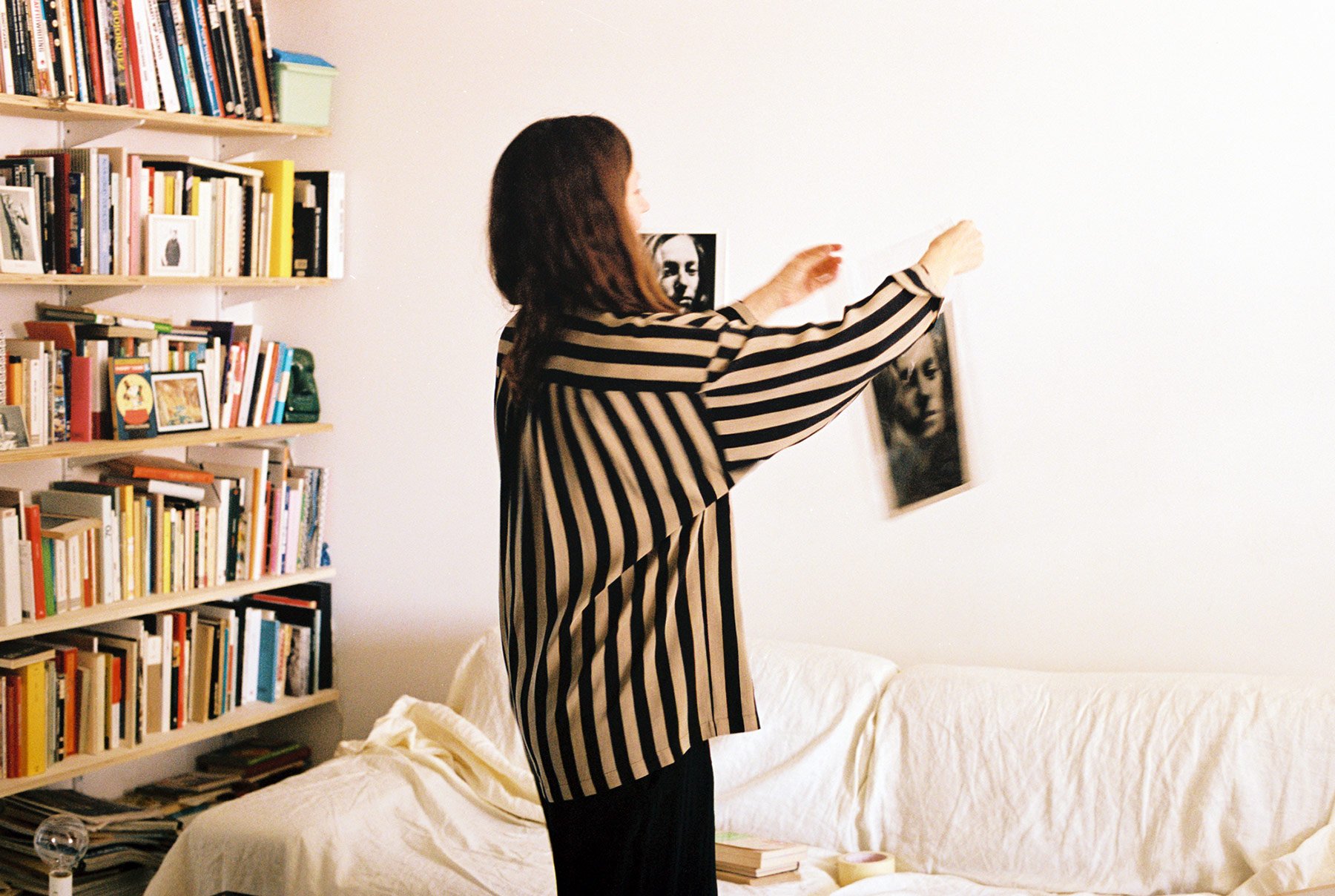
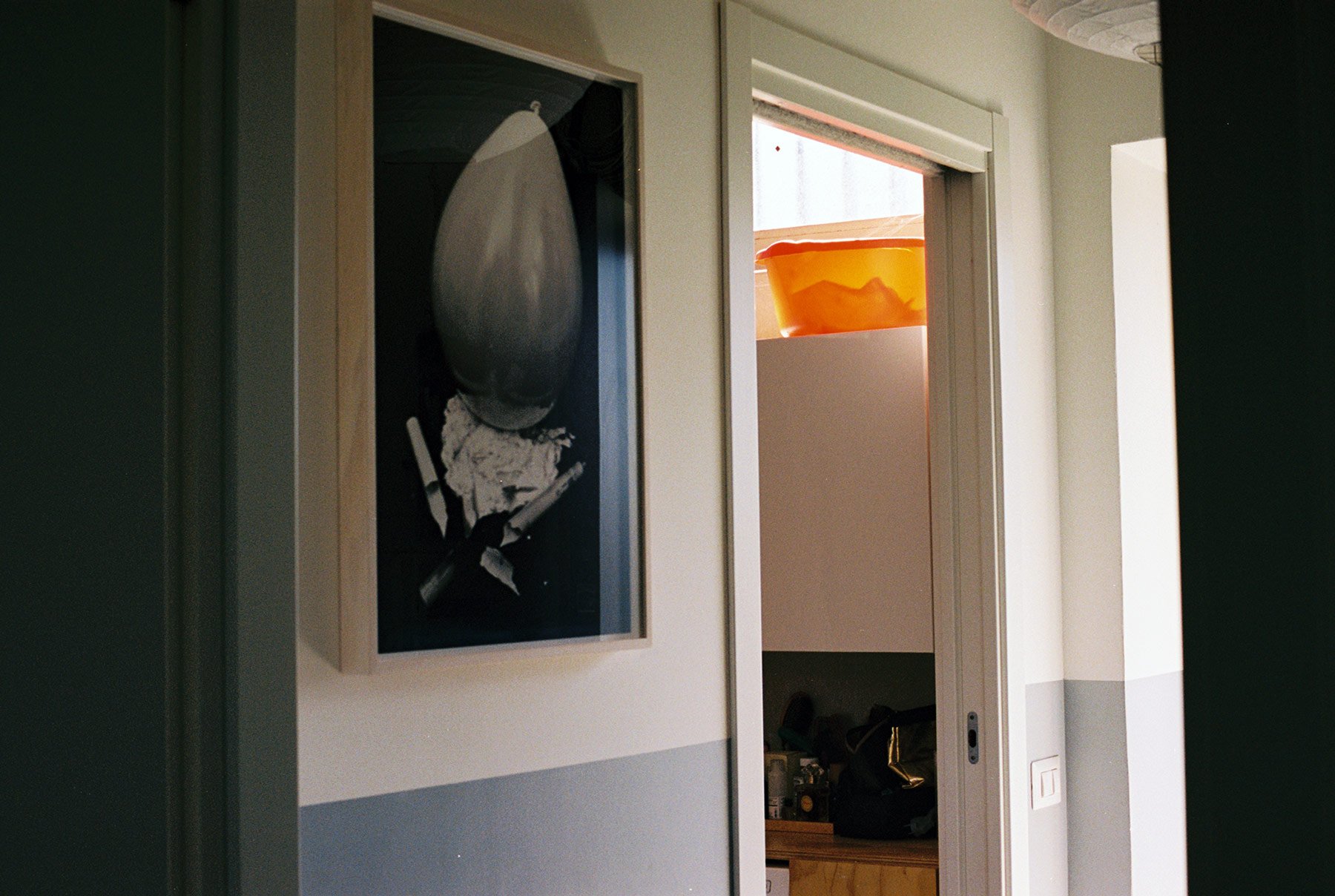
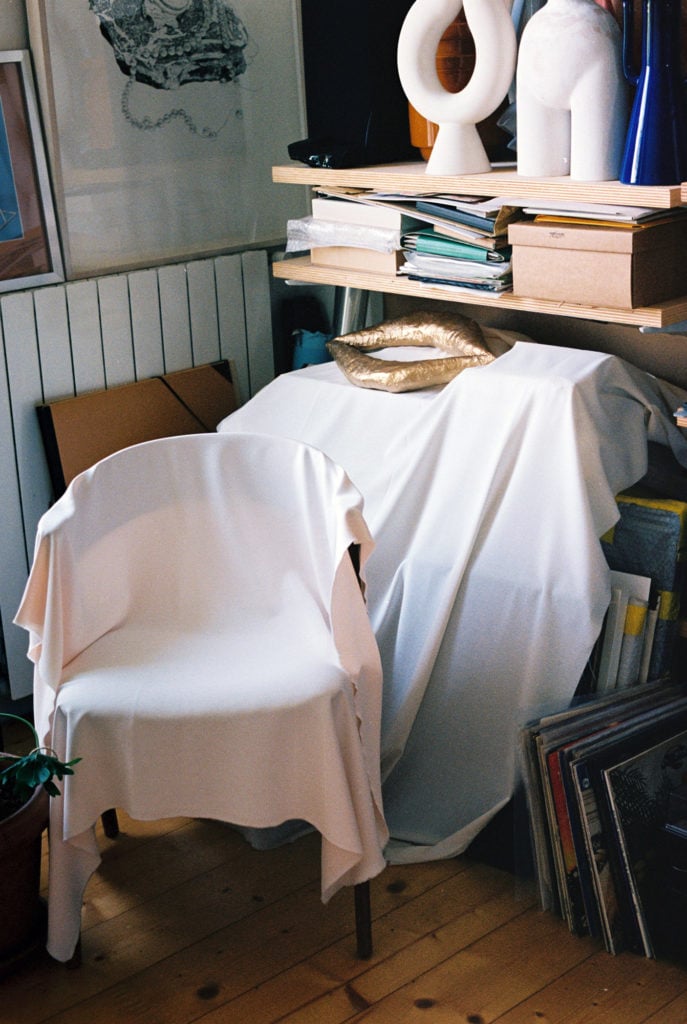
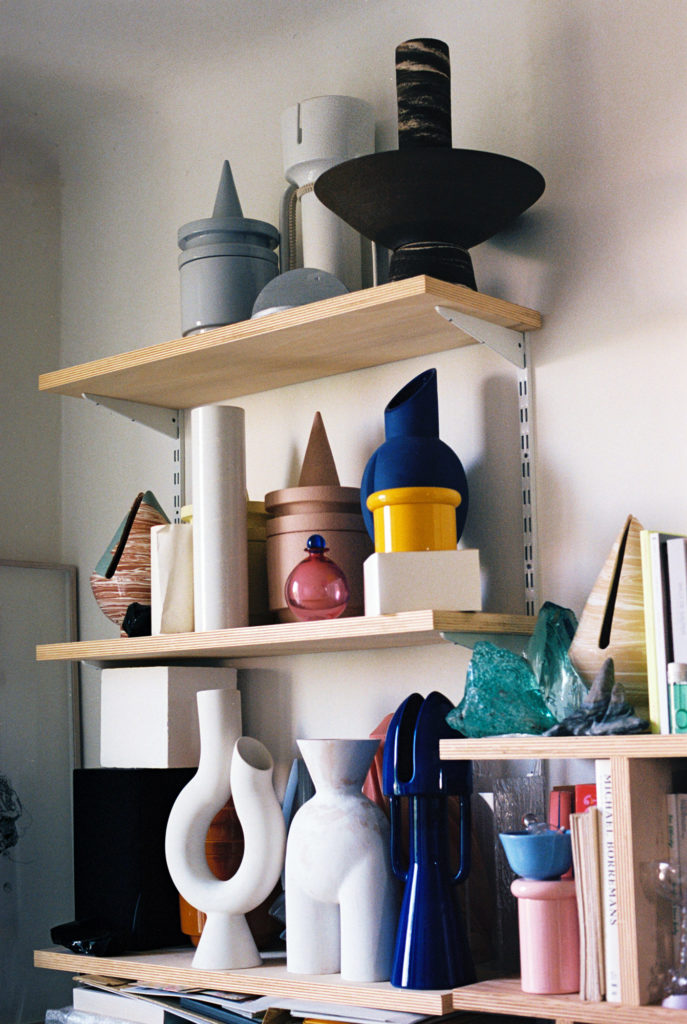
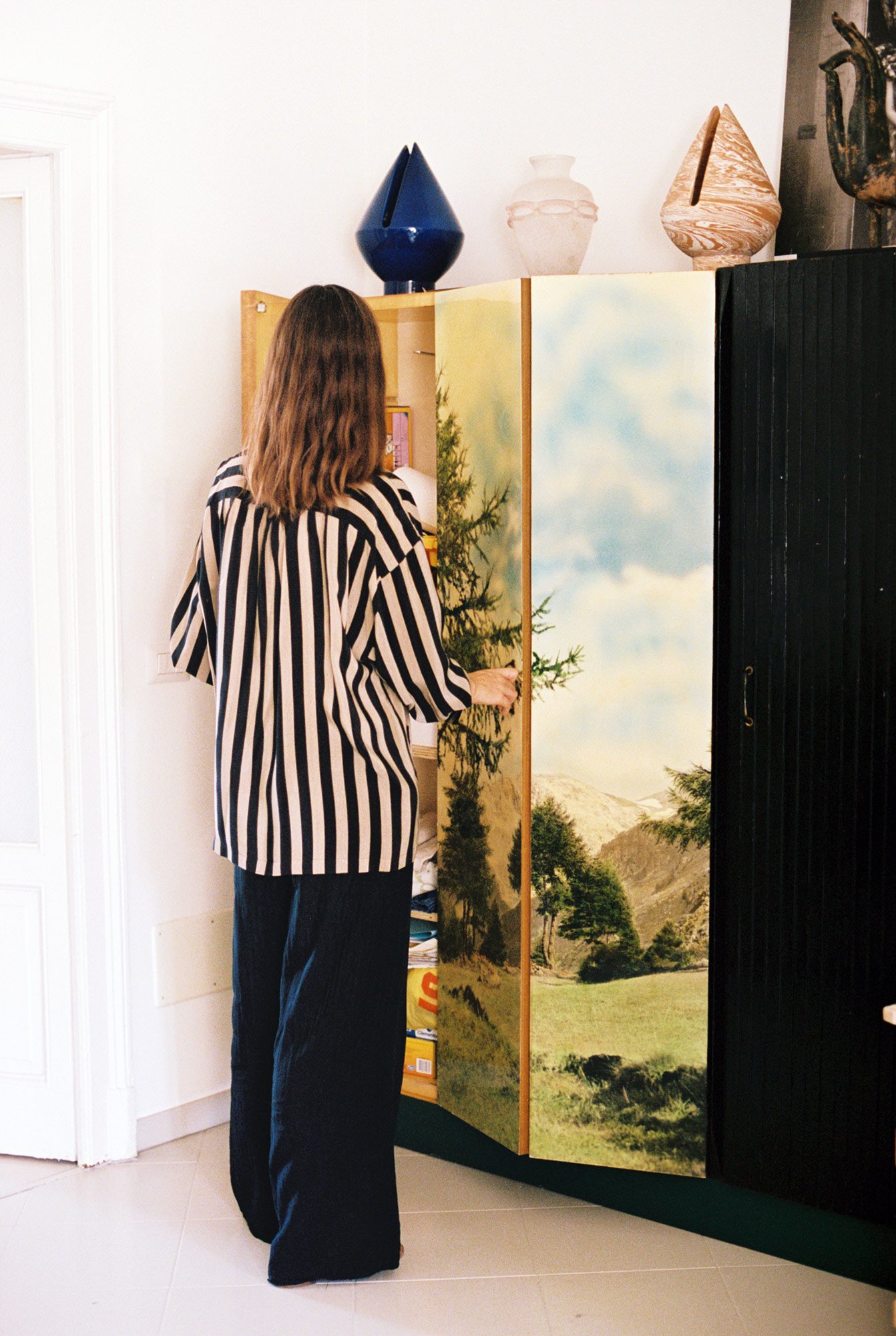
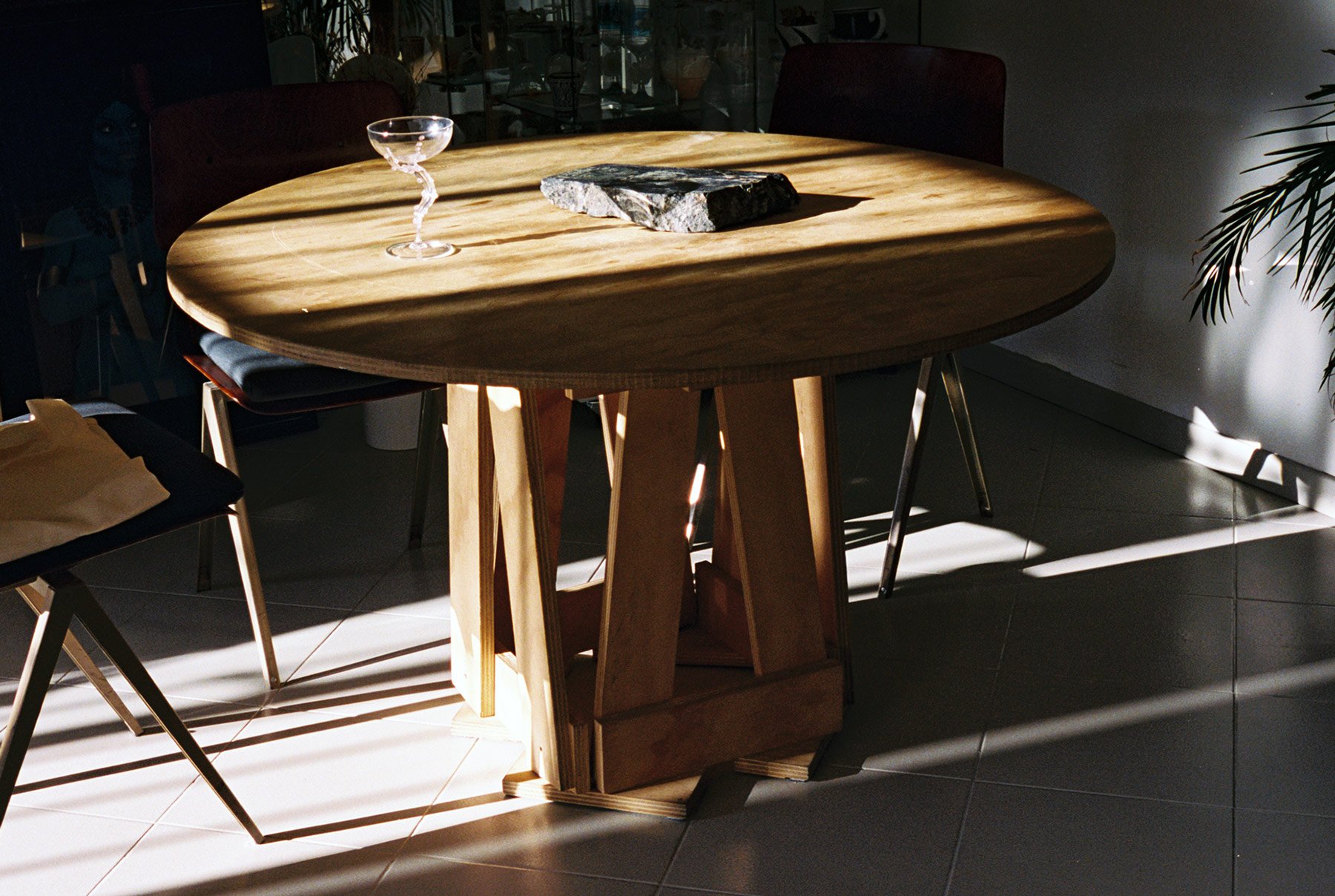
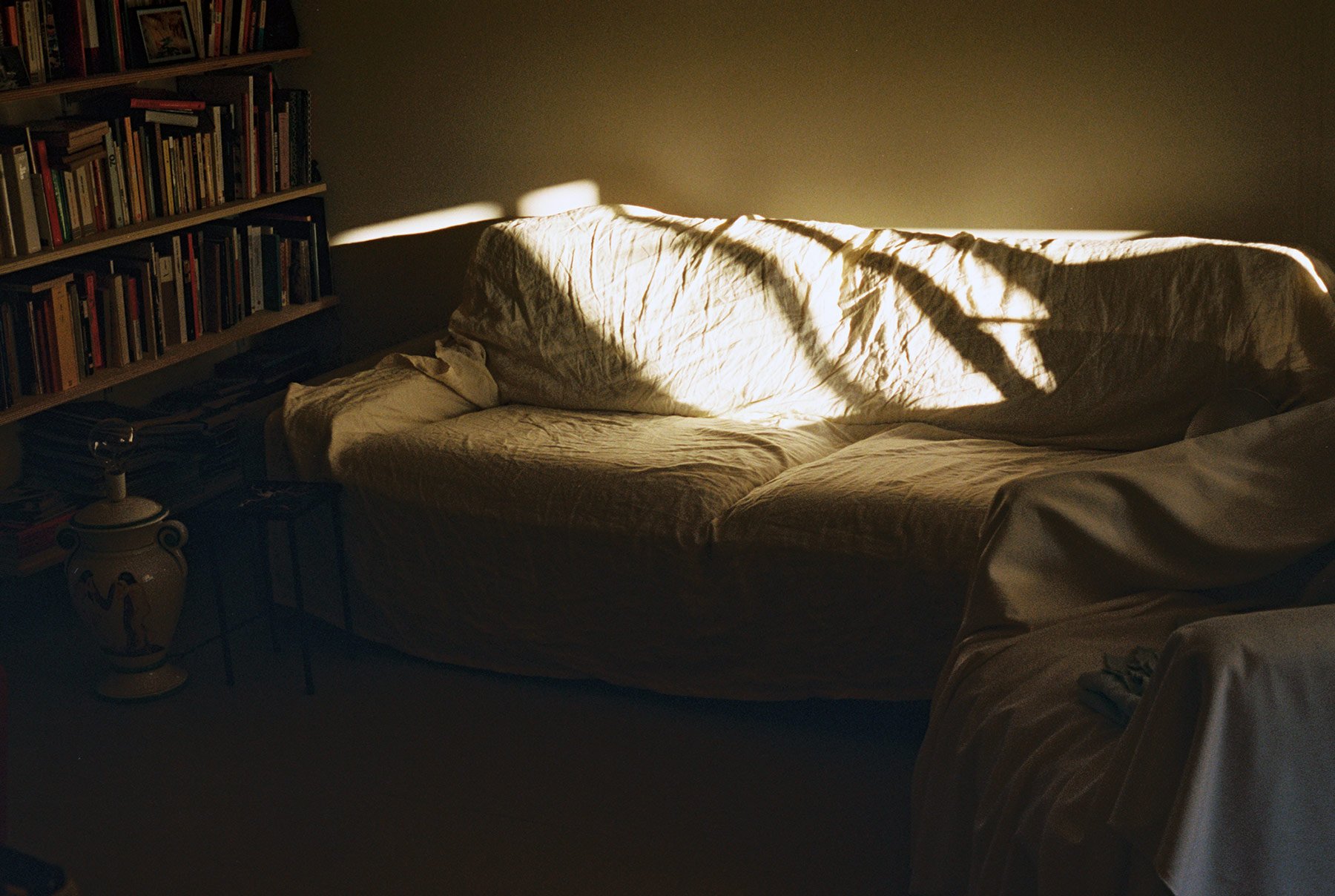
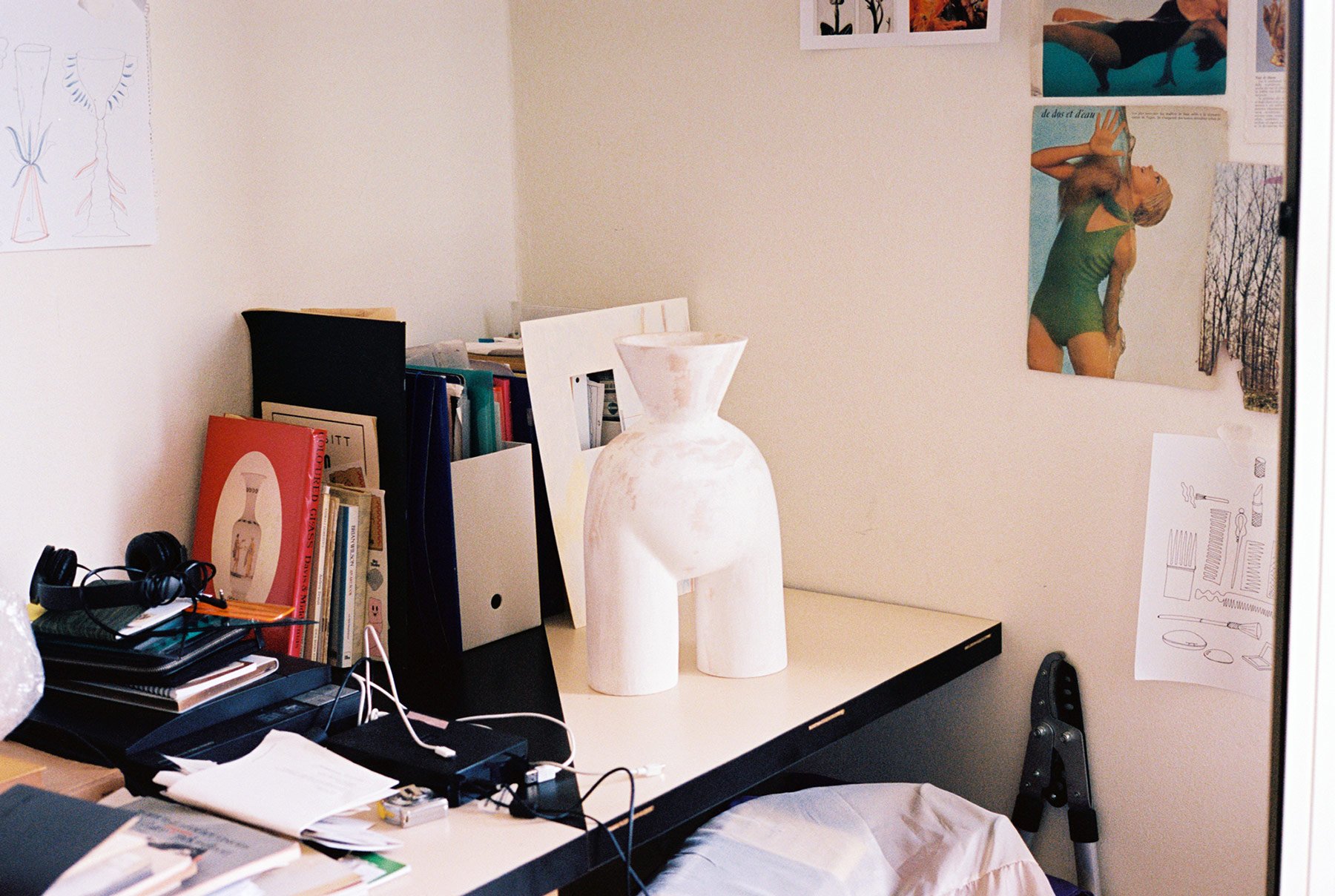
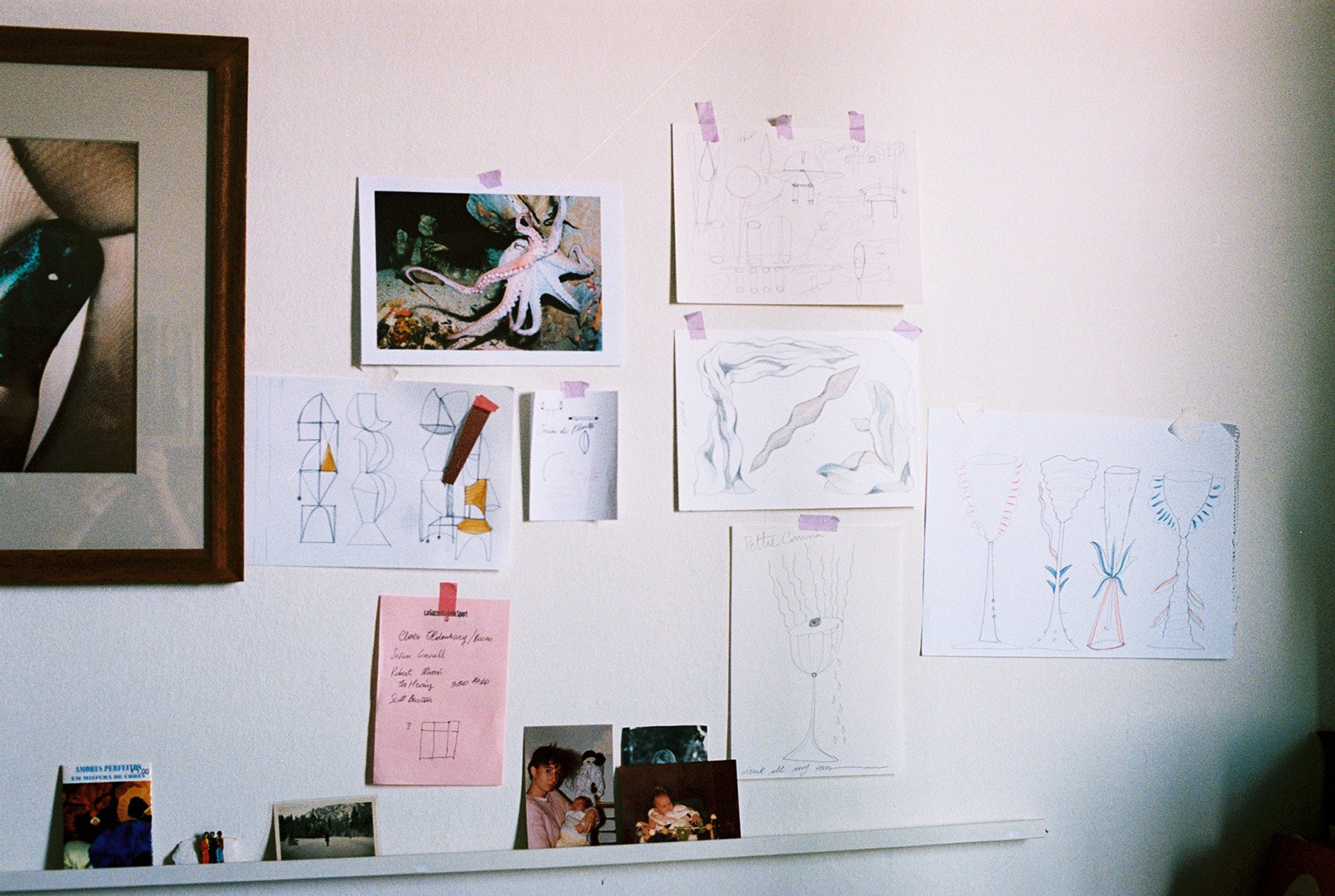
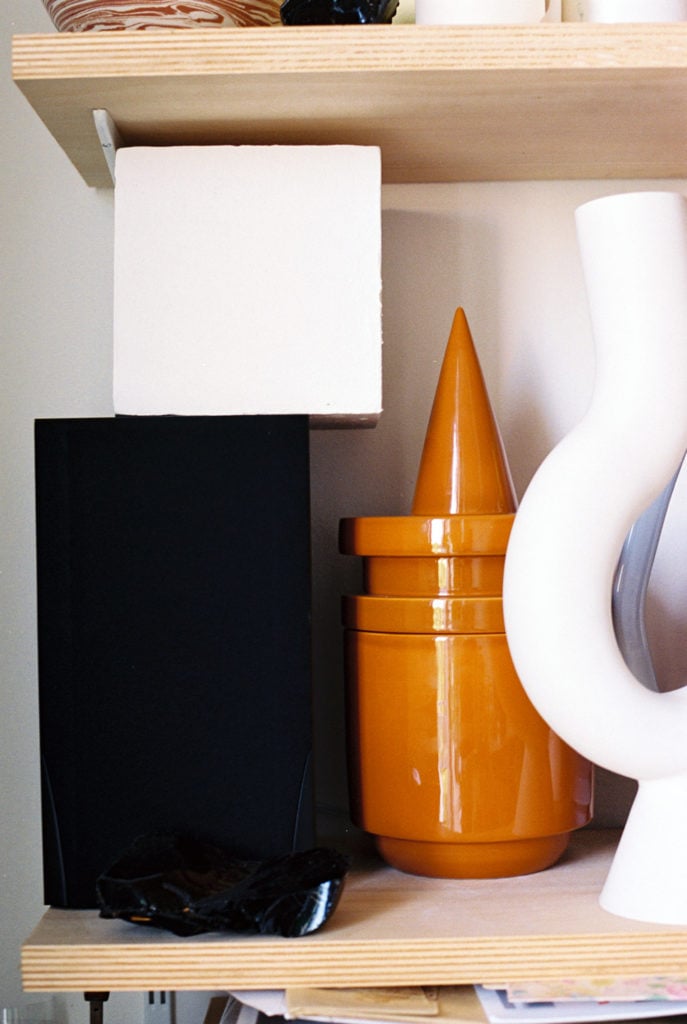
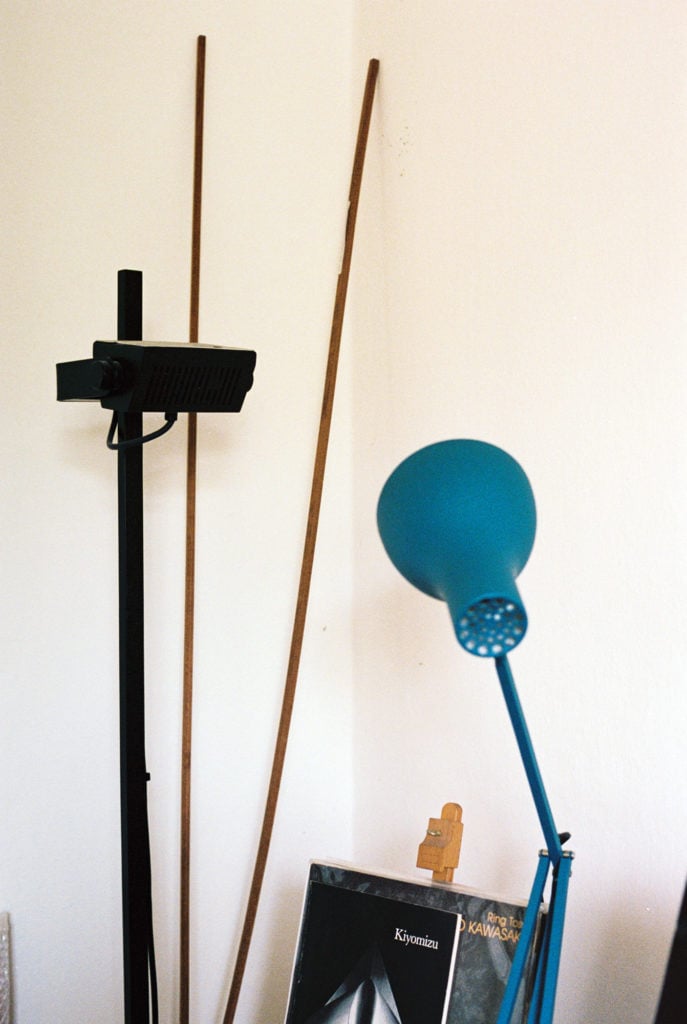
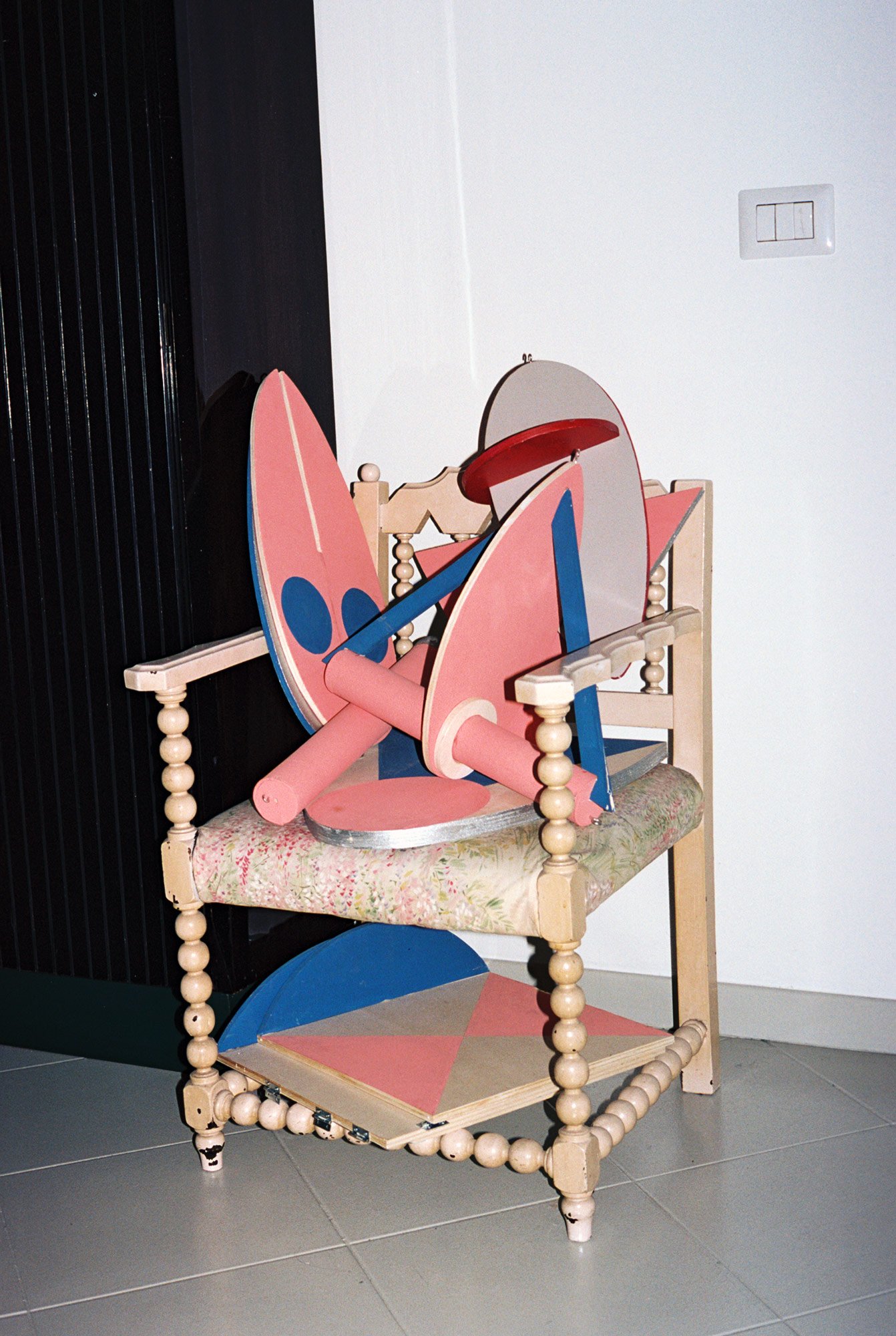
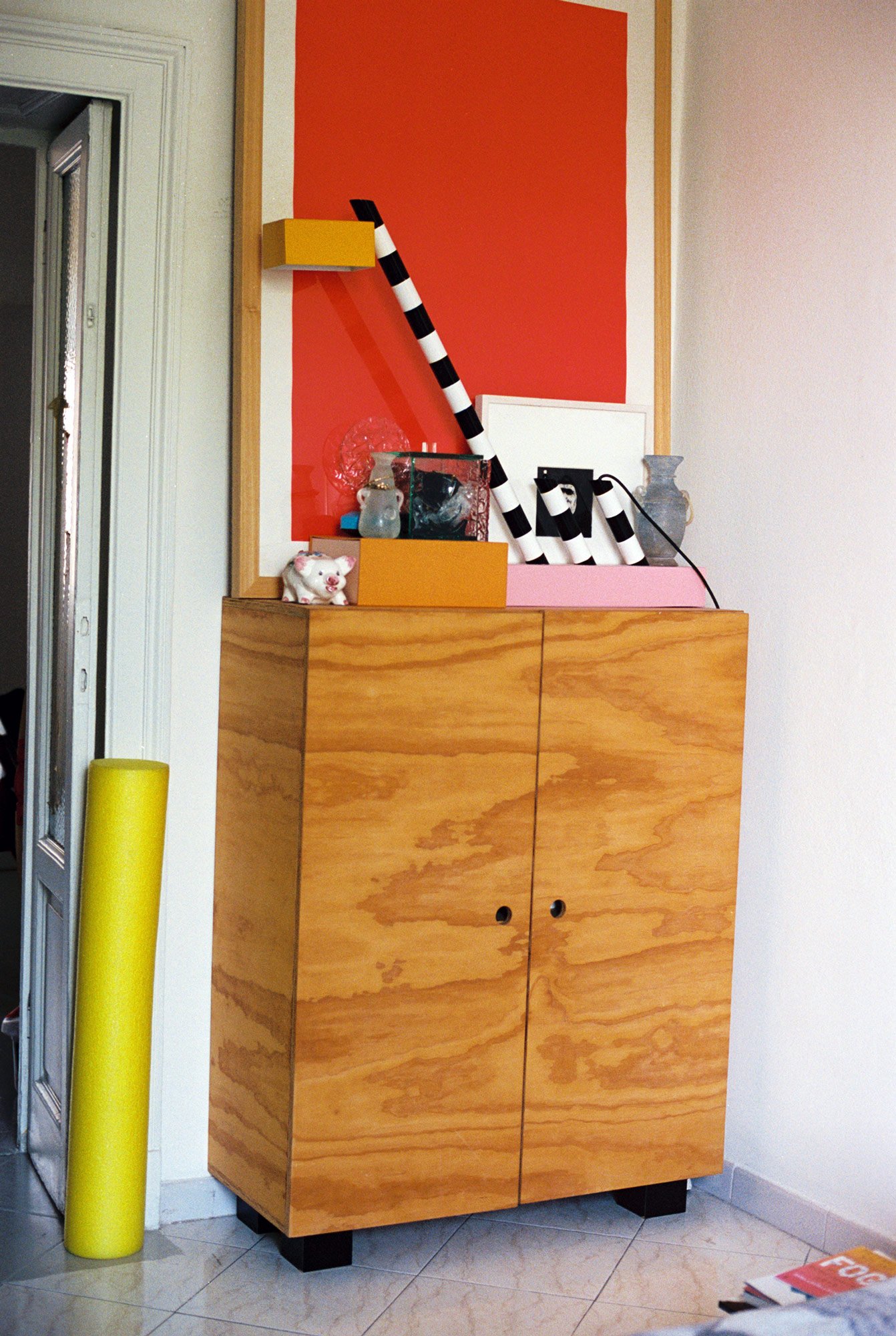
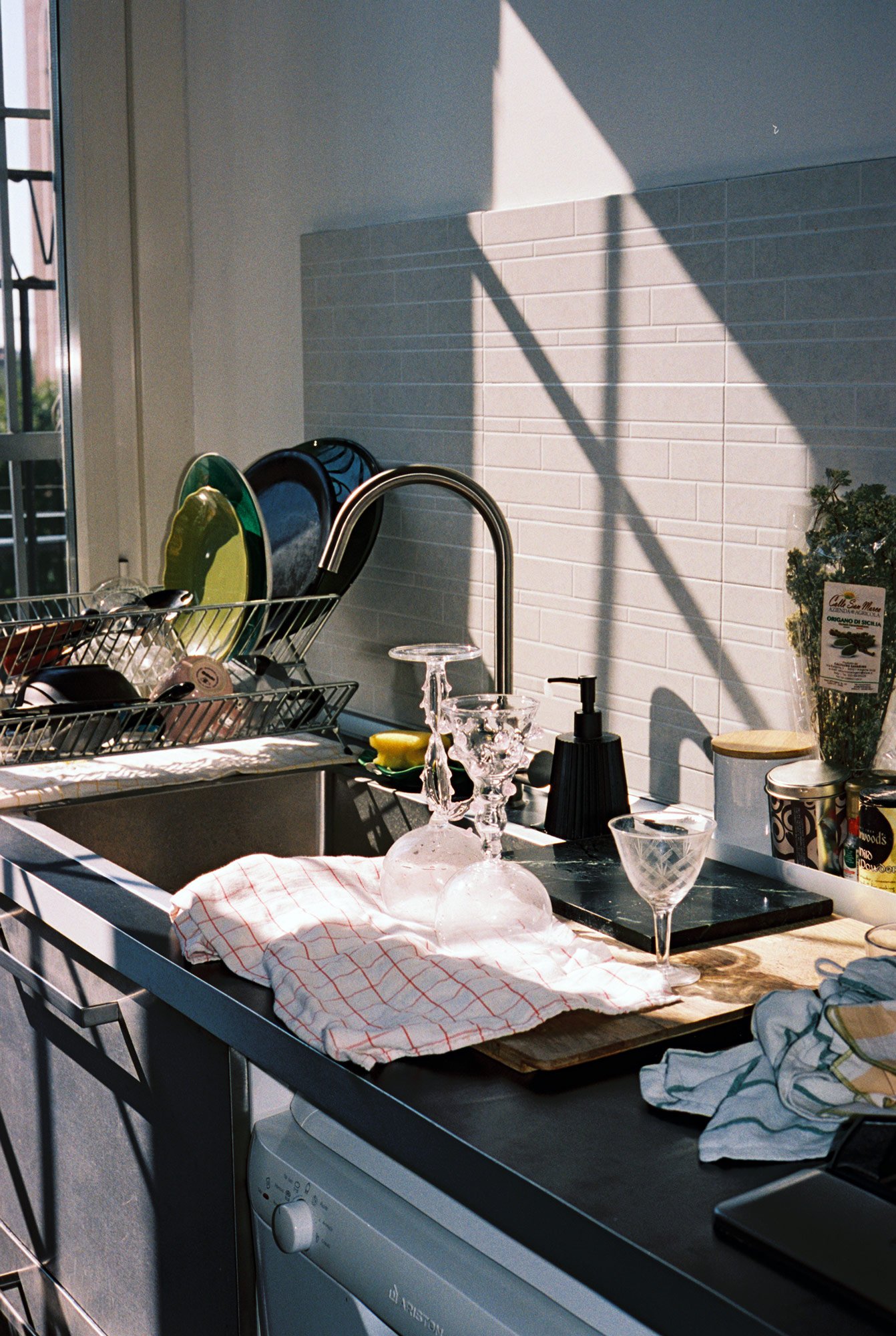
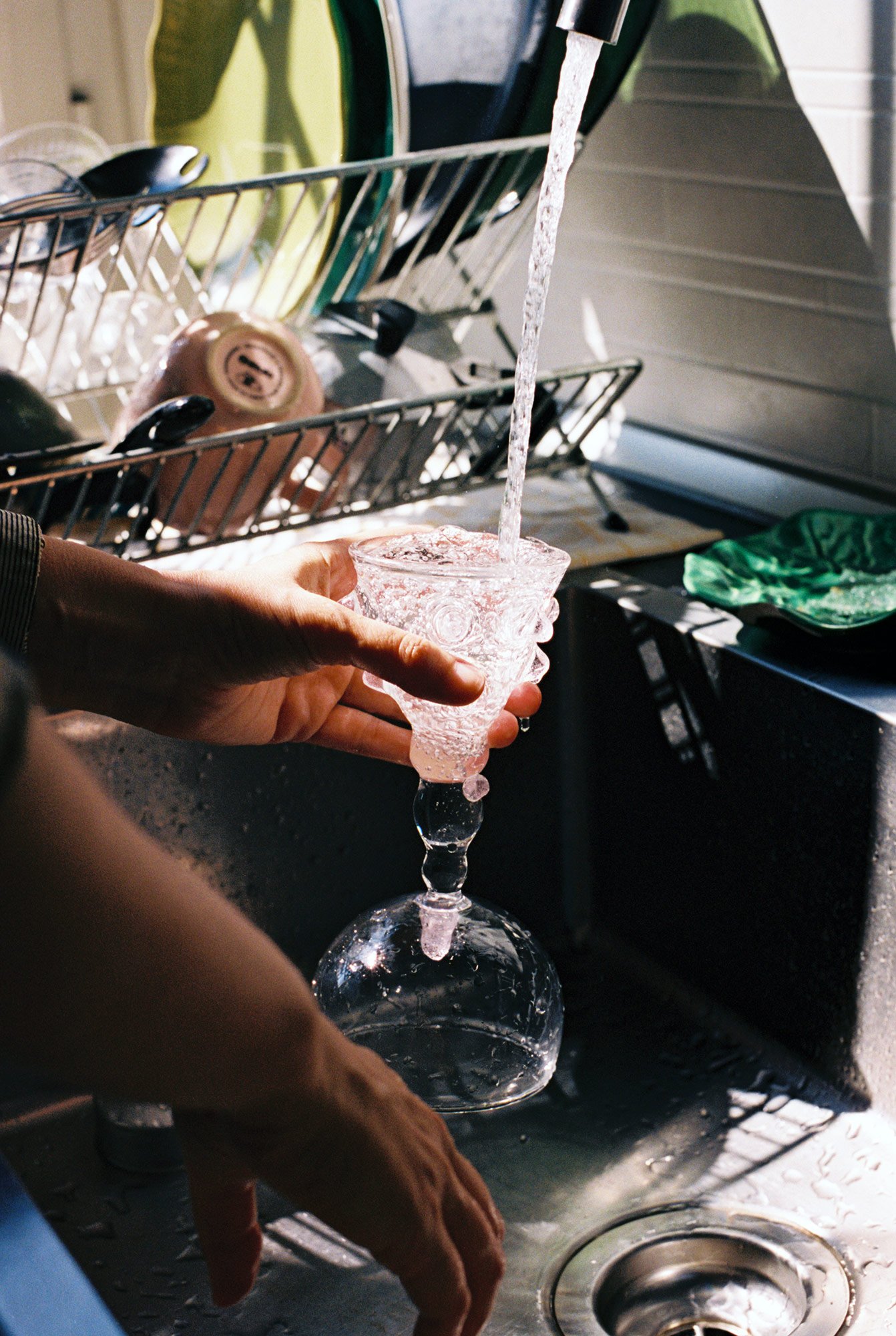
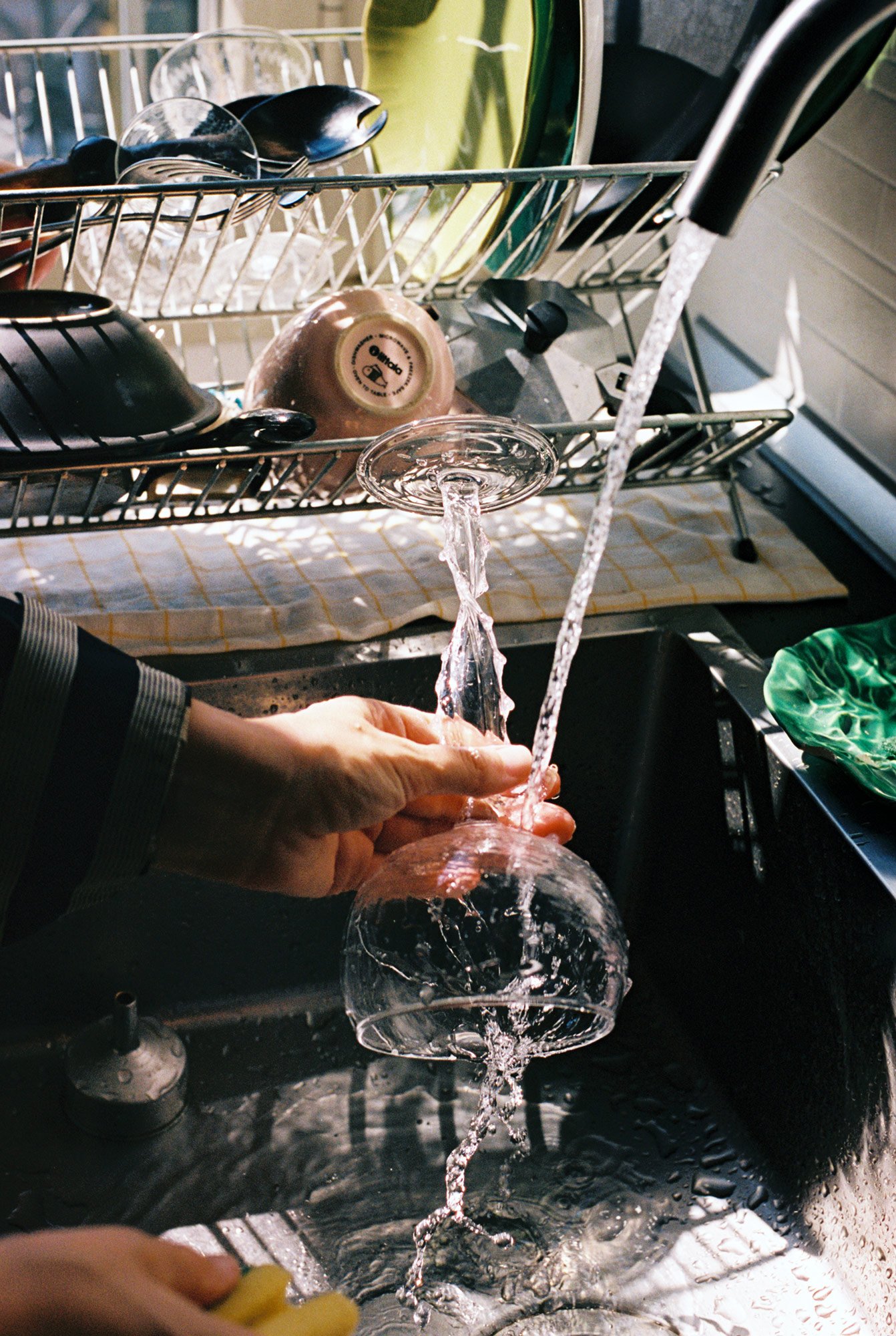
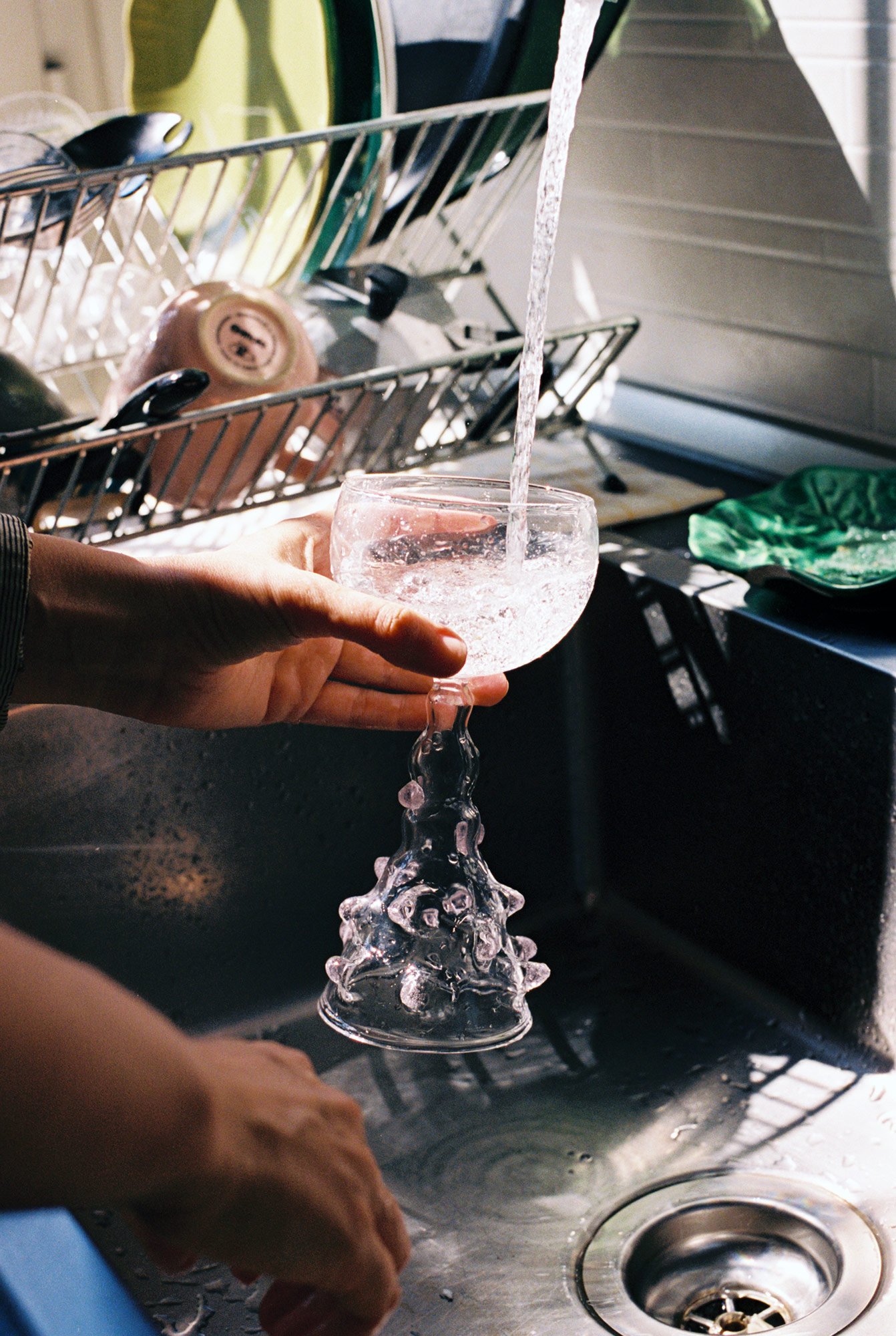
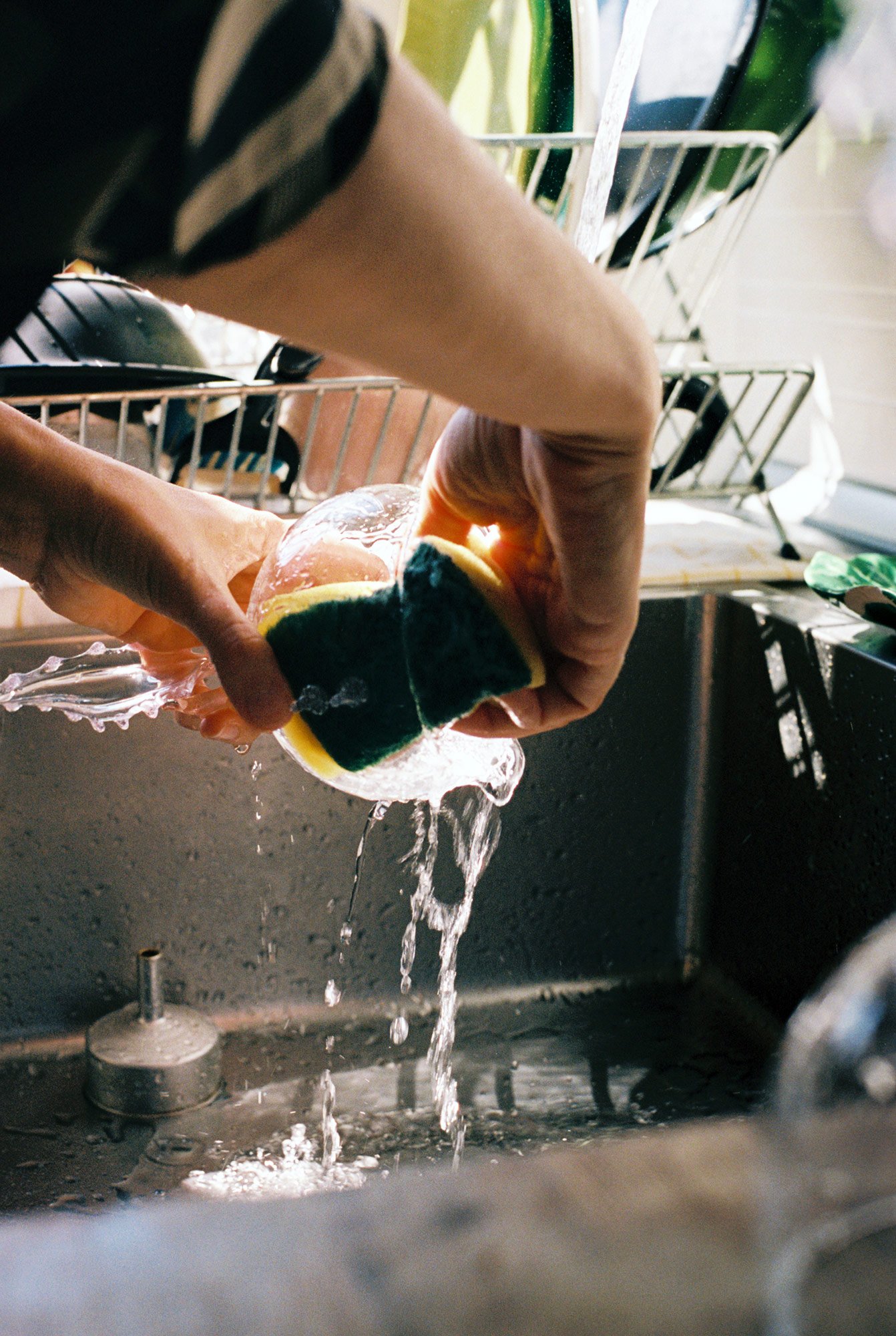
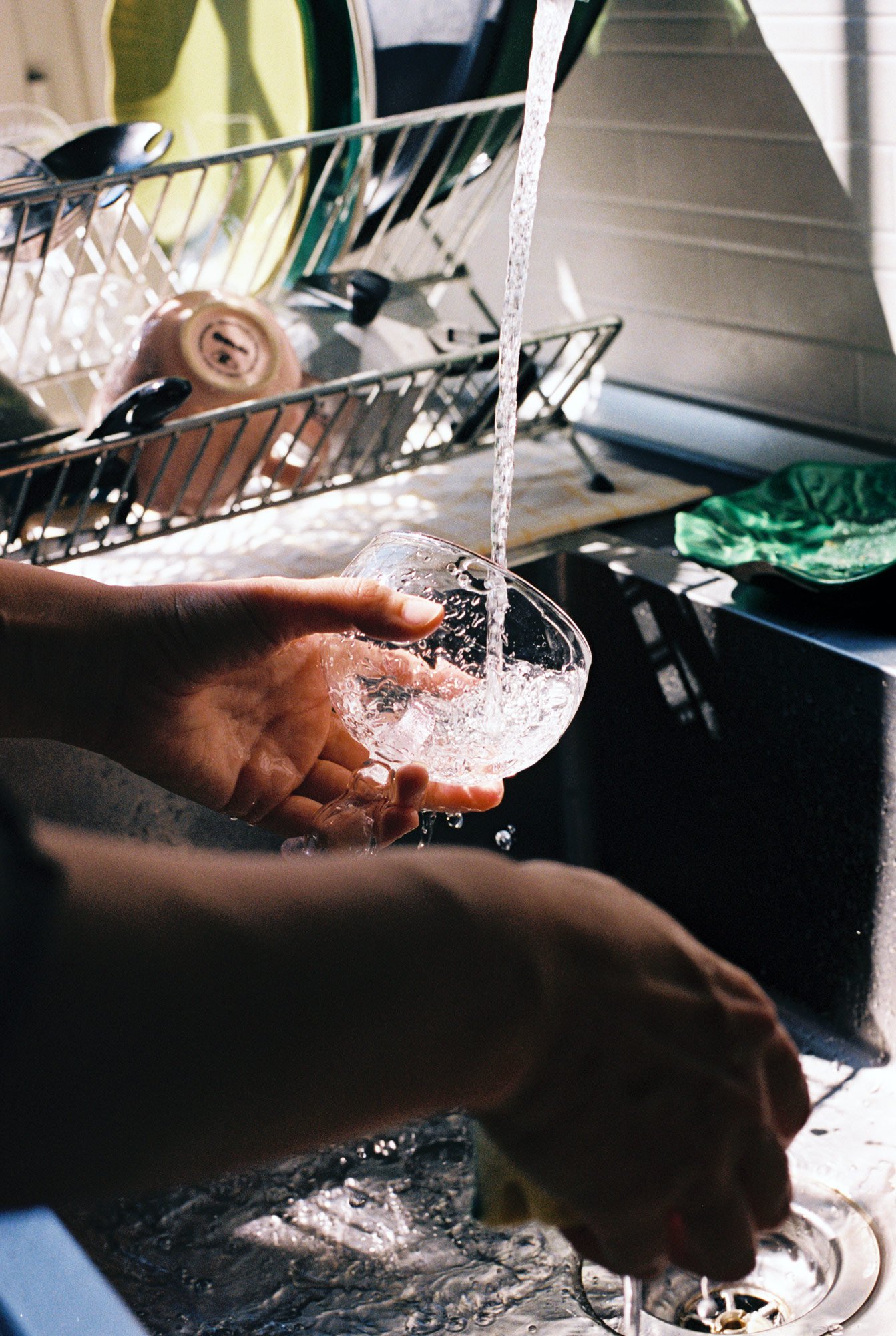
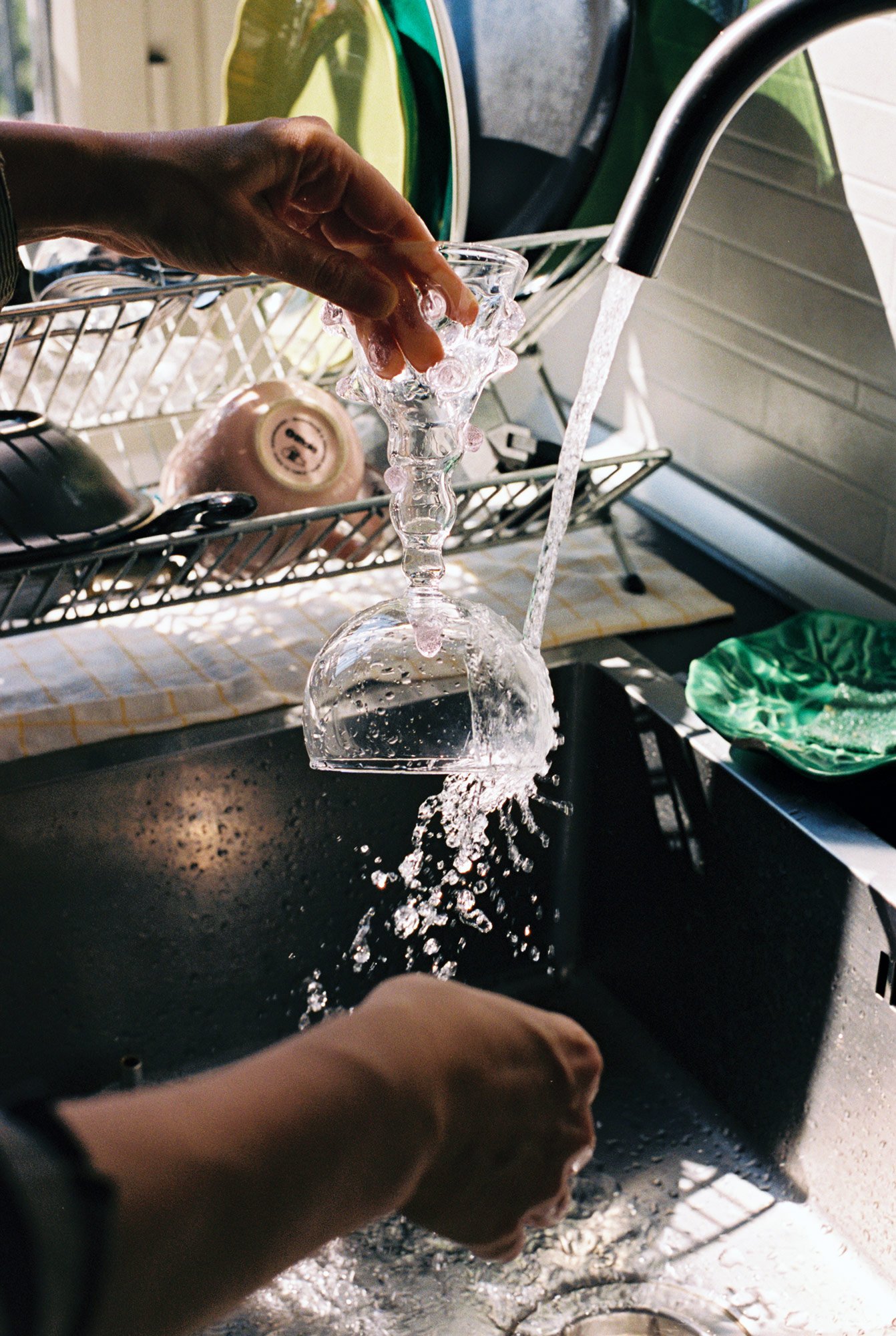
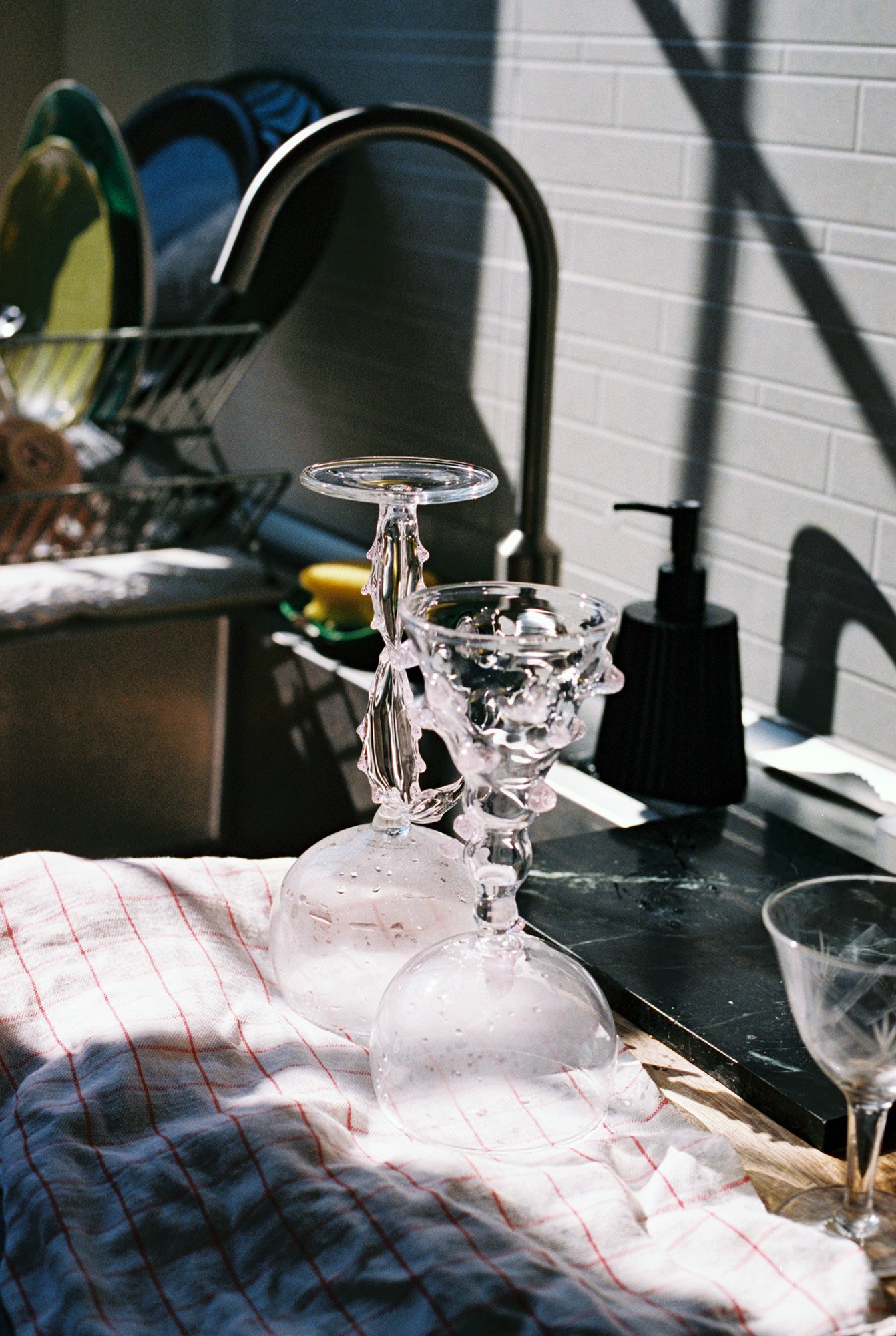
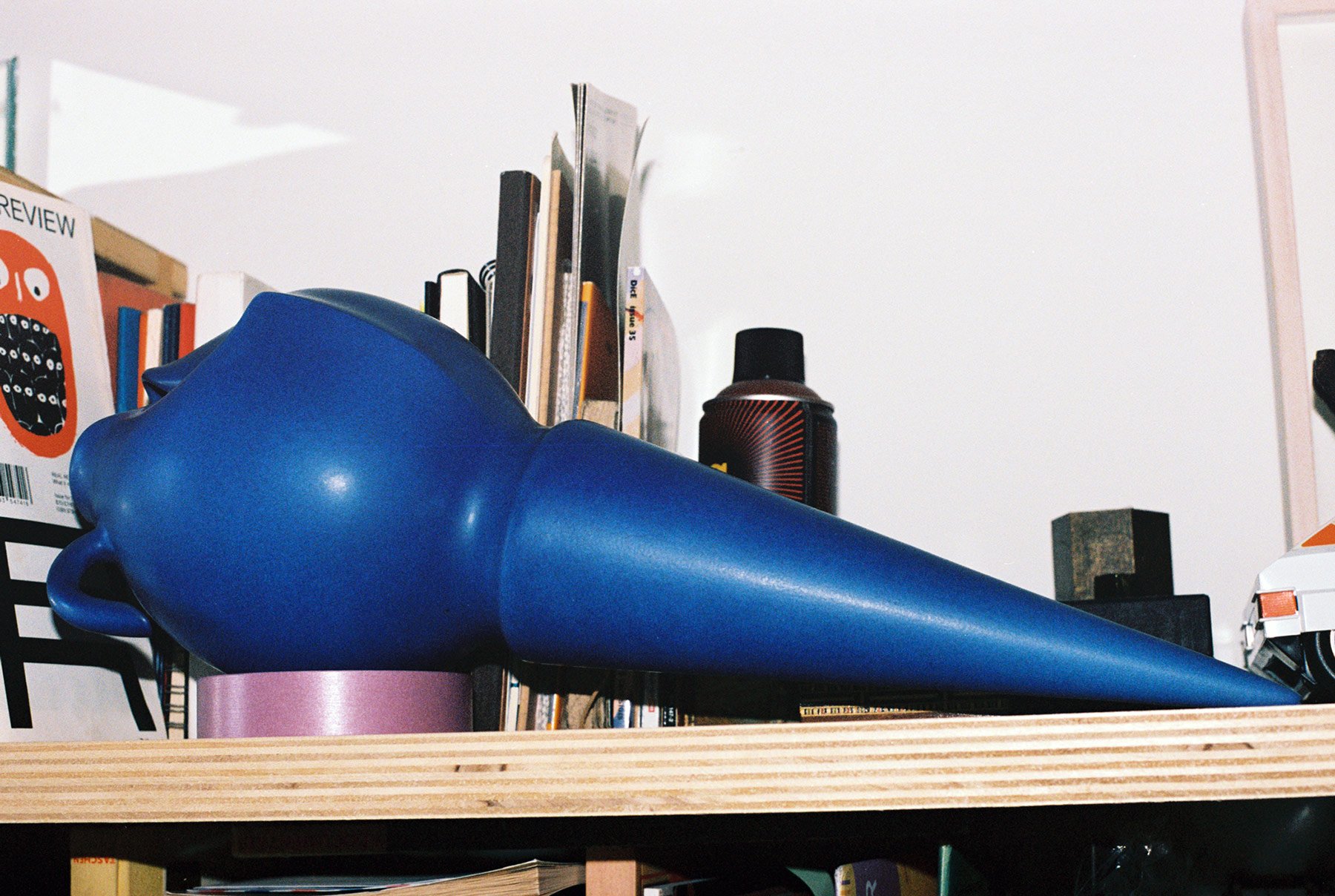
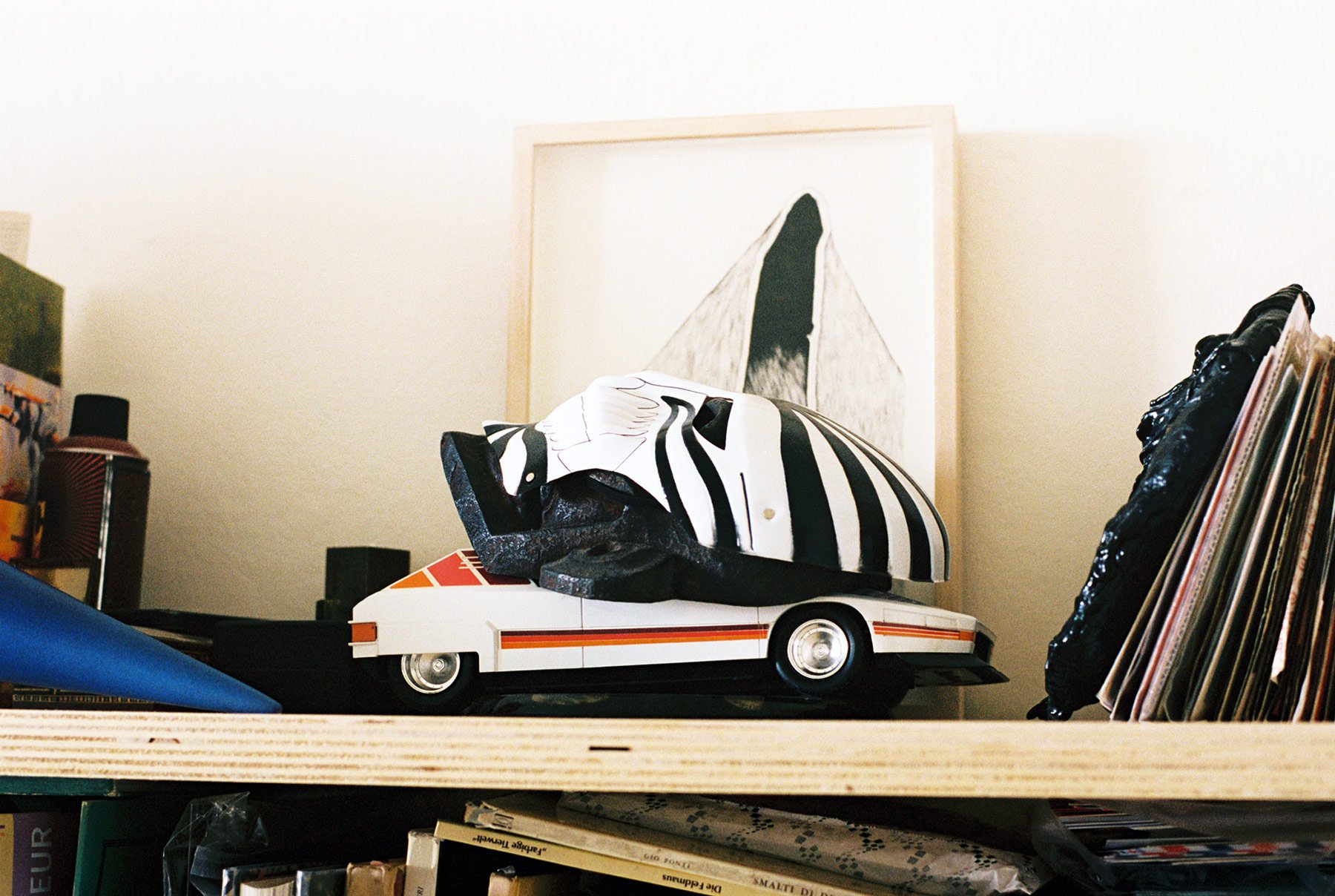
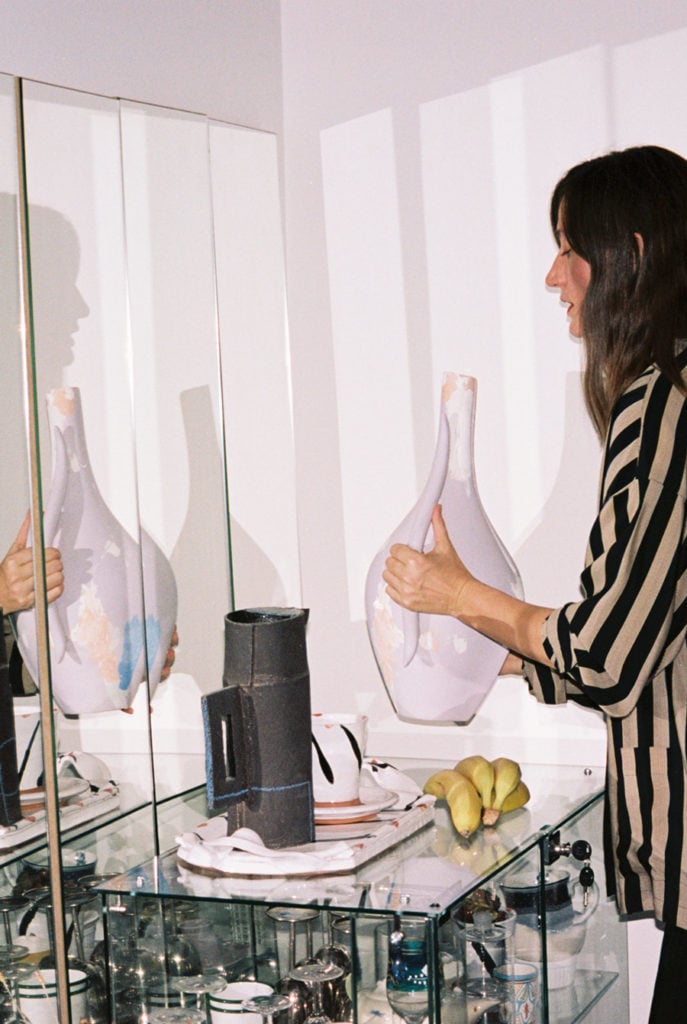
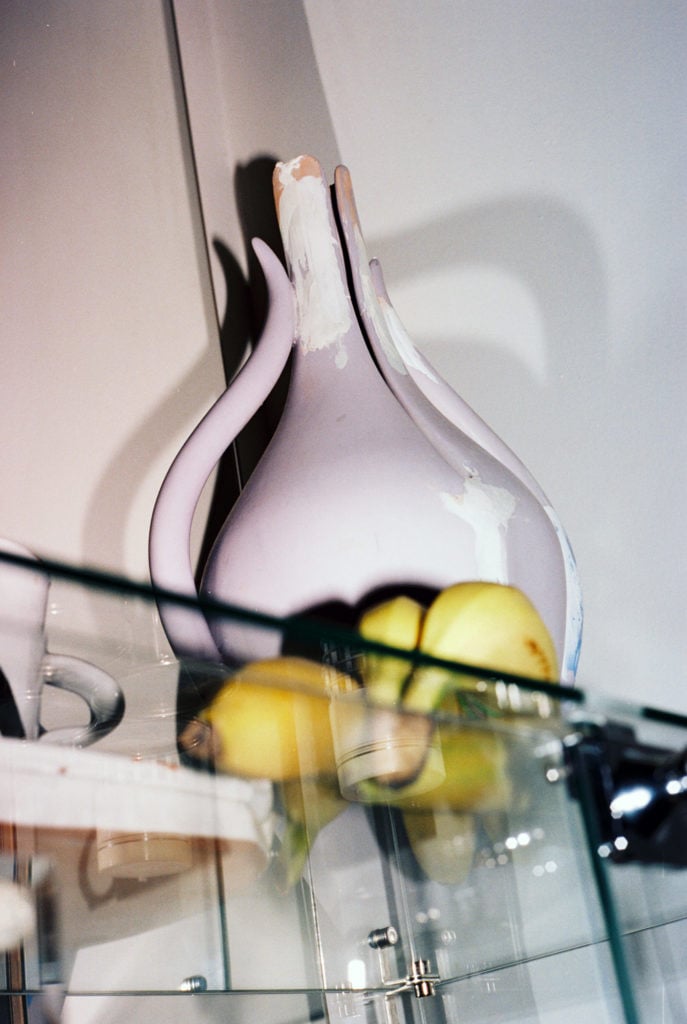
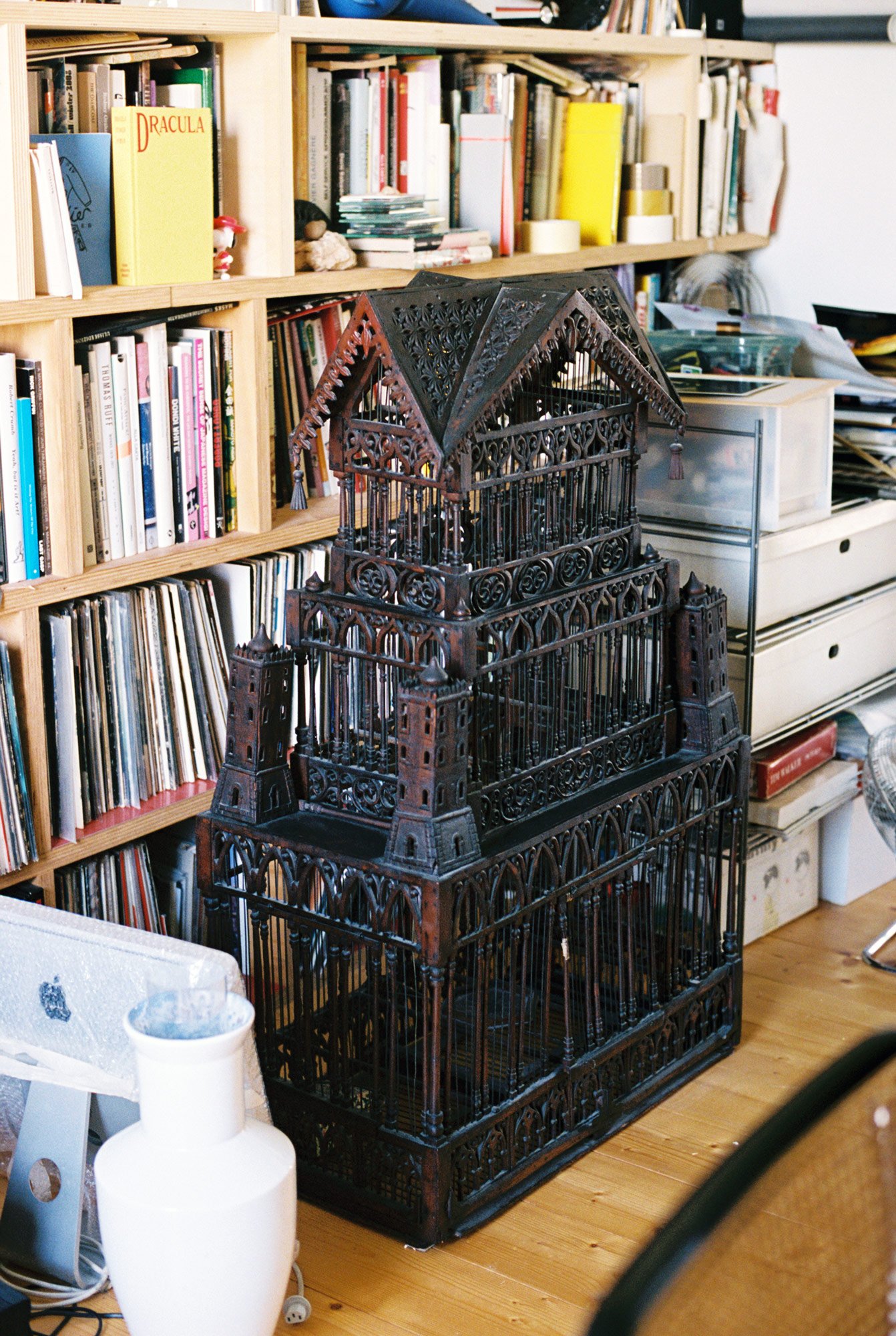
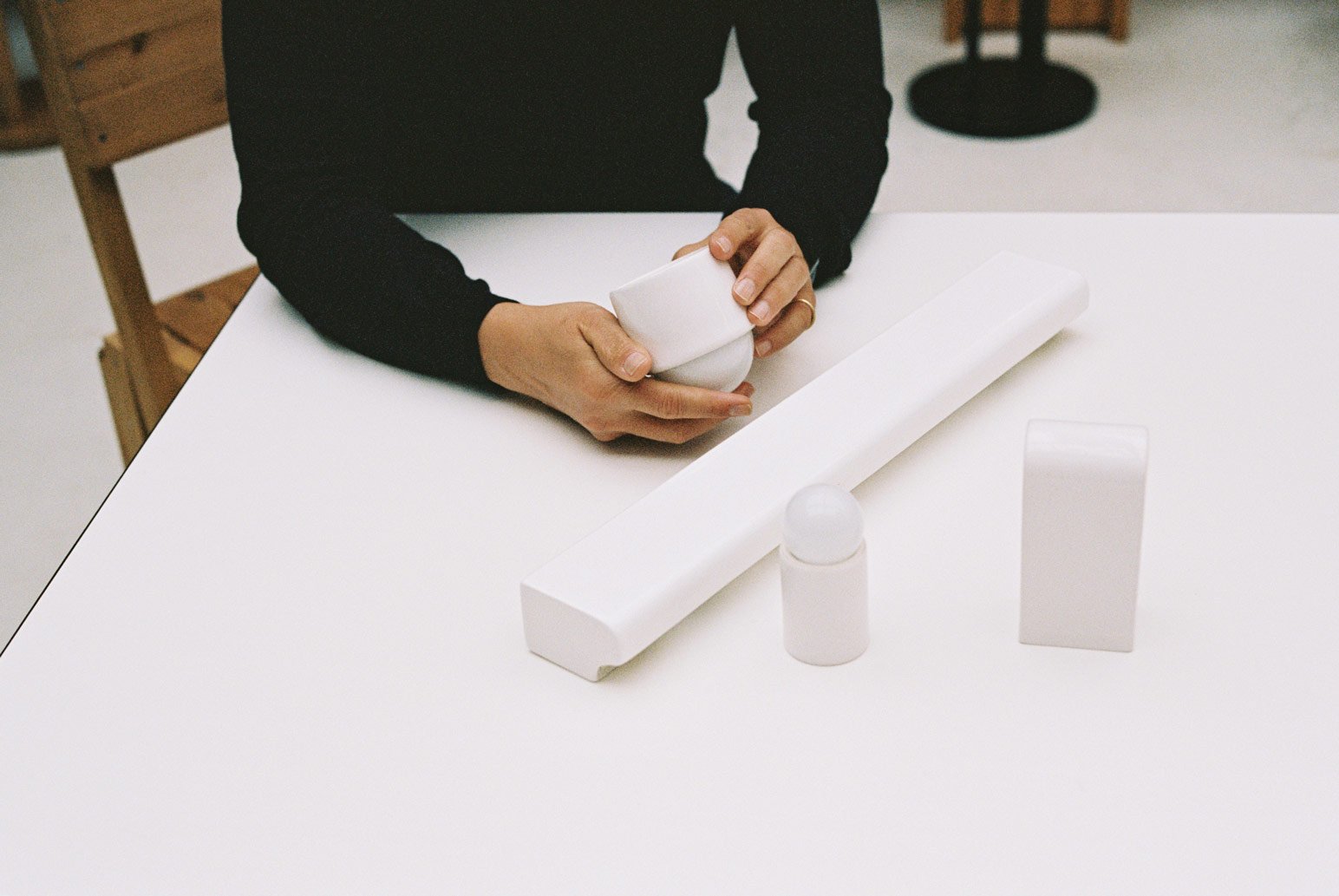

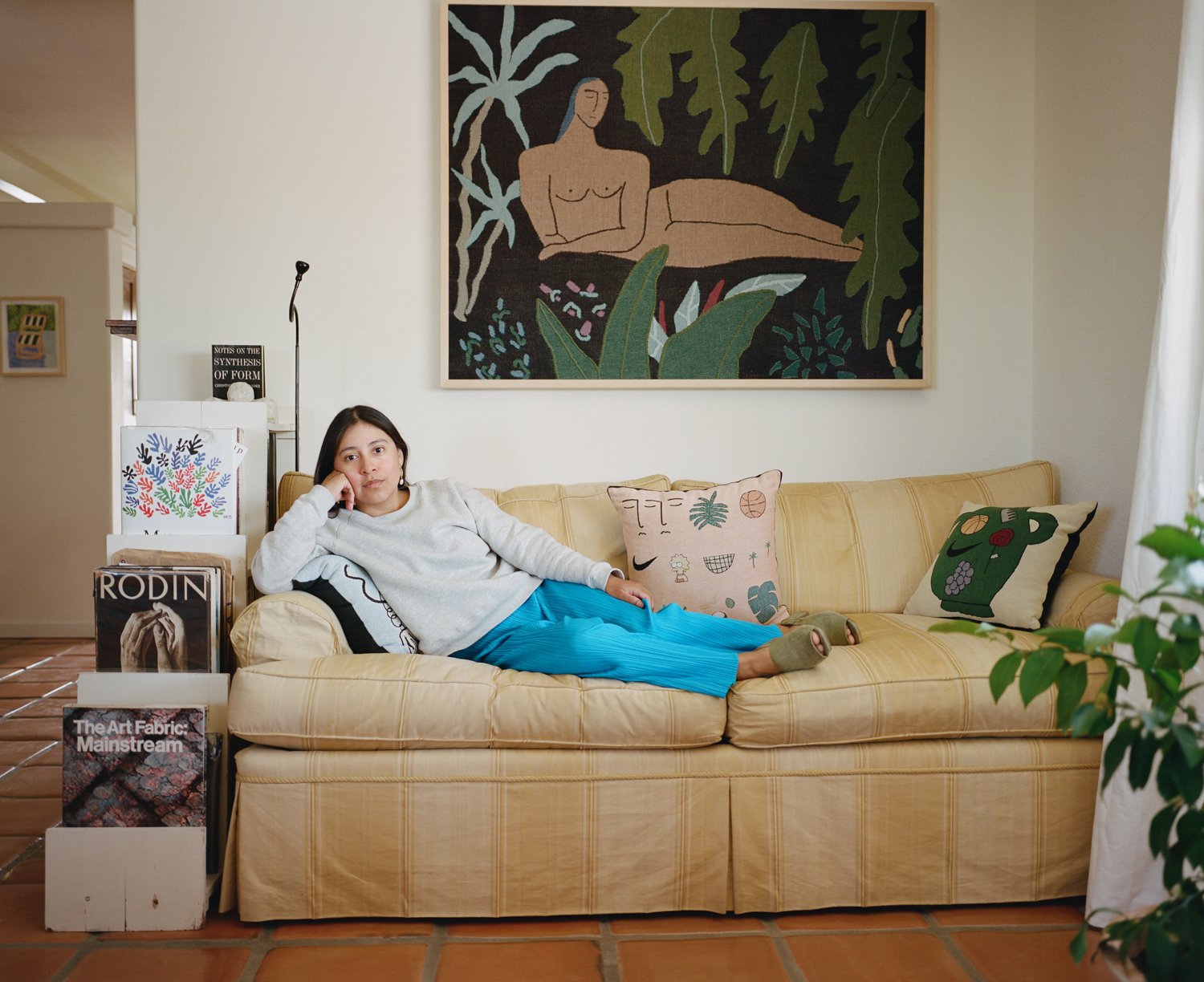
 close
close


















